field-resolved infrared spectroscopy
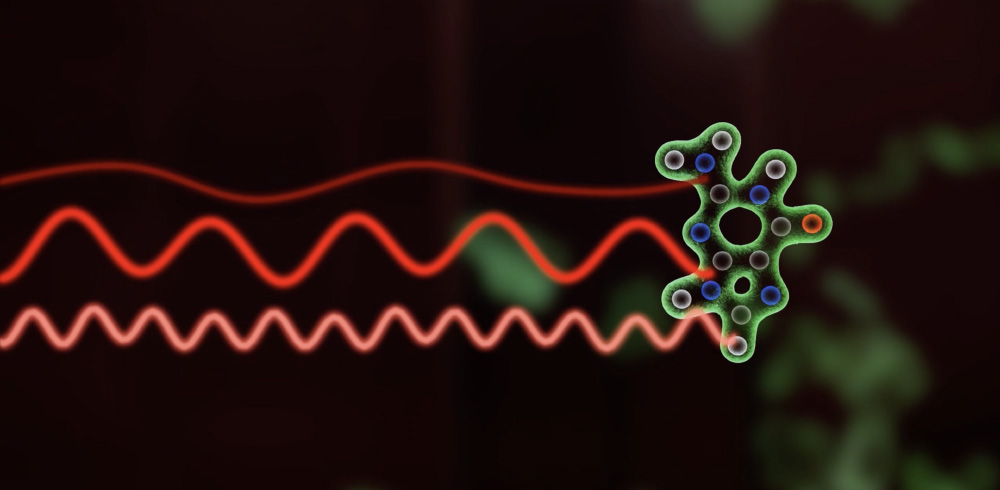
Research group of Dr. Alexander Weigel
Exciting a molecular sample with an ultrashort infrared laser pulse initiates a vibrational response that carries detailed information on the molecular composition and structure of the sample. This information is translated into infrared electric fields that are emitted by the vibrating molecules. Field-resolved spectroscopy captures the infrared electric-field waveforms and allows to extract the information, providing a fingerprint signal of the measured sample. Measuring on the level of the electric field gives direct insight into the physical process of the absorption event and has — compared to other spectroscopic techniques — several principle advantages. Among others, it allows to separate the response field from the excitation in time, and it provides an exceptionally large detection dynamic range. Our vision is to apply this technology to the analysis of human blood samples for health monitoring. The goal is to identify the minuscule changes in the infrared molecular fingerprints that report on the development of diseases like cancer at an early stage. Our research brings together new ultra-broadband, low-noise infrared laser sources with high-speed, high-dynamic-range field-resolved detection and explores engineering solutions for optimum system performance. Our team works in close collaboration with the Center for Molecular Fingerprinting.
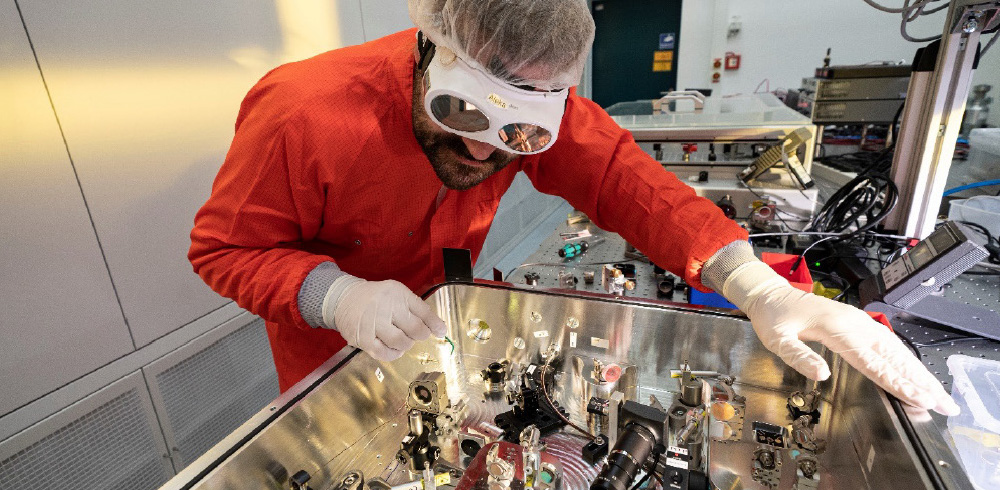
Figure 1: Laser development in the laboratory.
single-cycle laser sources at 2—3 μm
Lasers with Cr-doped II-VI gain media (Cr:ZnS, Cr:ZnSe) have recently evolved as new sources for ultrashort few-cycle pulses with wavelengths around 2–3 μm. This wavelength range has proven to be highly favorable for the efficient generation of mid-infrared pulses with broad spectral bandwidth. In order to reach extremely quiet and low-noise laser performance, we directly pump our Cr-doped oscillators with laser diodes, drawing on the advances, for example, in the telecommunication sector. Low-noise amplification can boost the output powers of these lasers to the multi-Watt level. Further nonlinear pulse compression and dispersion management with advanced multi-layer optics allow us to compress the output of our lasers down to true single-cycle pulse durations at center wavelengths beyond 2 μm.

Figure 2: Development of ultra-stable Cr-doped II-VI lasers. Photo: Thorsten Naeser
multi-octave-spanning mid-infrared generation
Further down-conversion to the mid-infrared spectral range is achieved with nonlinear intrapulse difference-frequency generation (Fig. 3). The resulting multi-octave-spanning mid-infrared continua can maintain the single-cycle pulse durations of the driving pulses and give access to large parts of the mid-infrared vibrational fingerprint spectrum of biological samples.
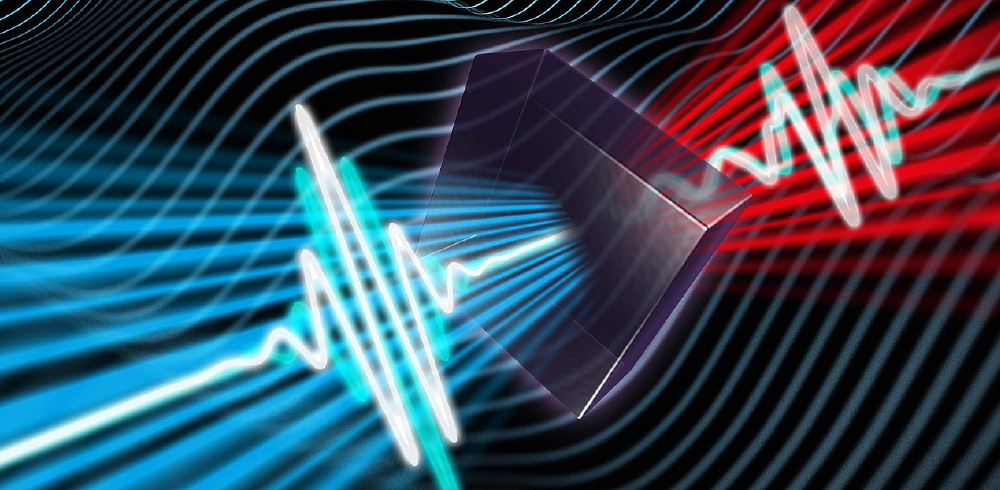
Figure 3: Generation of controllable mid-infrared waveforms by intrapulse difference-frequency generation.
waveform control and stabilization
Active carrier-envelope-phase (CEP) stabilization allows us to generate highly reproducible waveforms for the single-cycle pulses emitted by our laser oscillators (Fig. 4). We explore the limits of such active stabilization techniques and employ them to control also the waveforms of the down-converted mid-infrared pulses. Our CEP stabilization is complemented by active frequency stabilization enabling us to synchronize two lasers in their pulse repetition frequencies and perform kHz-rate delay scans in the detection of our mid-infrared fields.
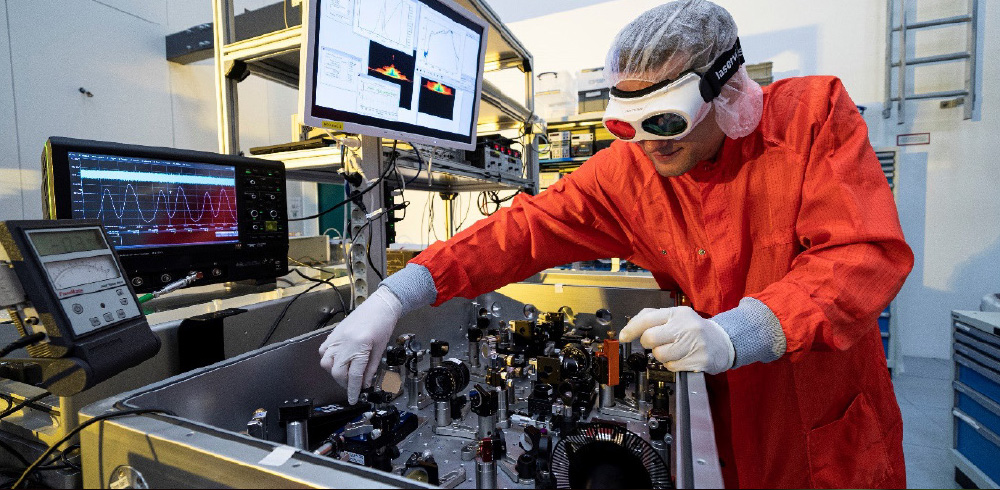
Figure 4: Working on stabilizing the output waveforms of an ultrafast Cr-doped laser.
high-dynamic-range, ultra-rapid field-resolved detection
Not only the stability of the output power, but also the reproducibility of the emitted few-cycle waveforms and the exact timing, with which the pulses are emitted, are important for applying ultrafast lasers in field-resolved infrared fingerprinting. Therefore, we work on actively stabilizing these parameters to highest achievable levels. In order to exactly reproduce the waveforms of the emitted pulses we develop ultra-low noise carrier envelope phase (CEP) stabilization for our Cr-doped lasers. Here we benefit from the intrinsic stability of the diode-pumped lasers themselves. By synchronizing two lasers in their repetition rate, we are further able to control the exact timing with which pulses from the lasers are arriving at our field-resolved detection. This is the prerequisite for ultra-rapid scanning techniques using two laser oscillators.
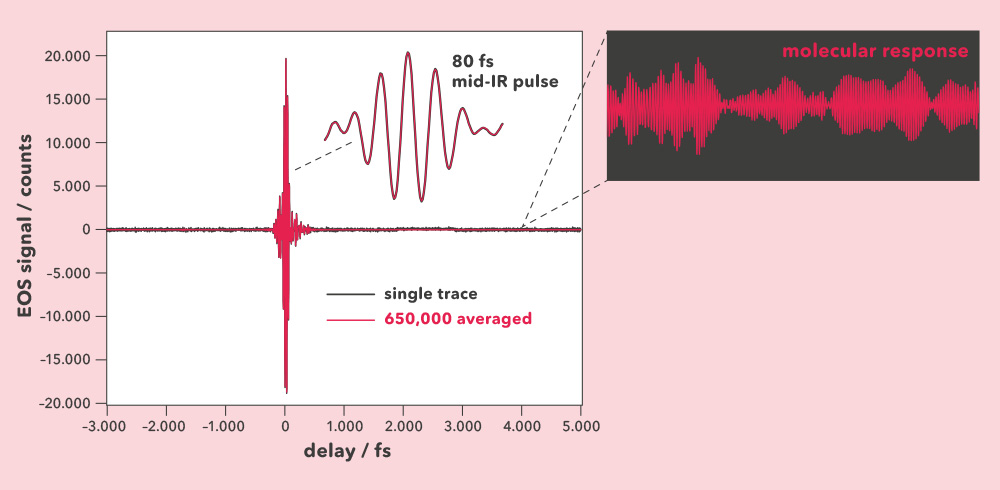
Figure 5: Infrared waveform recorded with ultra-rapid scanning, over an acquisition time of 230 s. Precise calibration of the individual delay axes allows to average 650,000 traces, directly in time domain.
engineering approaches
We complement our research with state-of-the-art mechanical and electrical engineering to achieve highest performance in stability and sensitivity of our field-resolved spectrometers.
instruments for large-scale human-blood studies
Based on our latest research on ultrafast infrared laser sources and field-resolved detection, we develop spectrometers for large-scale molecular fingerprinting studies on human blood samples. Laser science, engineering, automation and computer science go hand in hand to achieve the reliability and reproducibility needed for extensive measurement campaigns, providing the data needed for efficient machine-learning algorithms to identify fingerprinting-based health-indicators.
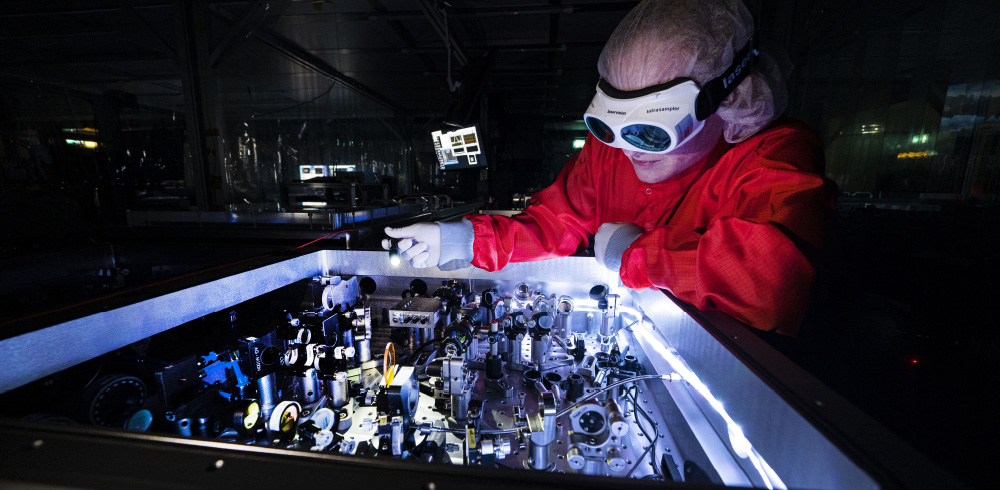
Figure 6: Working on one of our first instruments for field-resolved infrared spectroscopy of human blood samples with ultra-rapid dual-oscillator scanning technology.